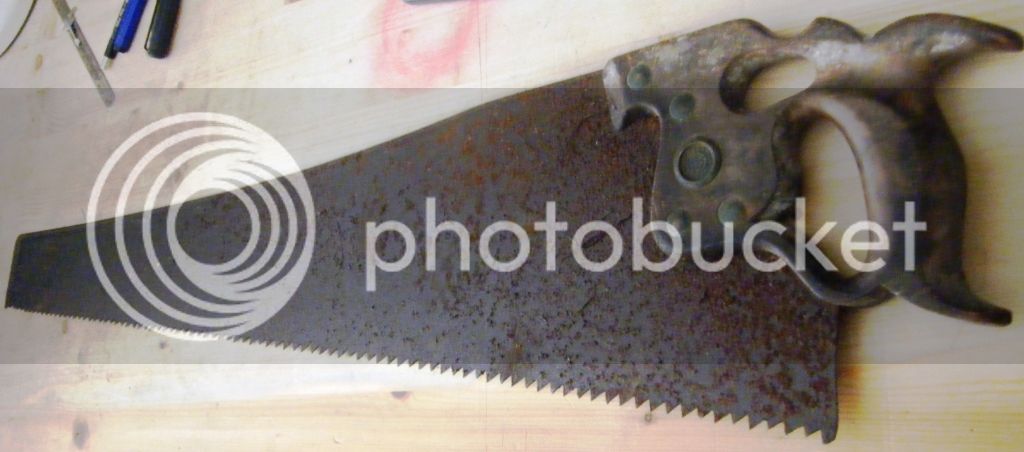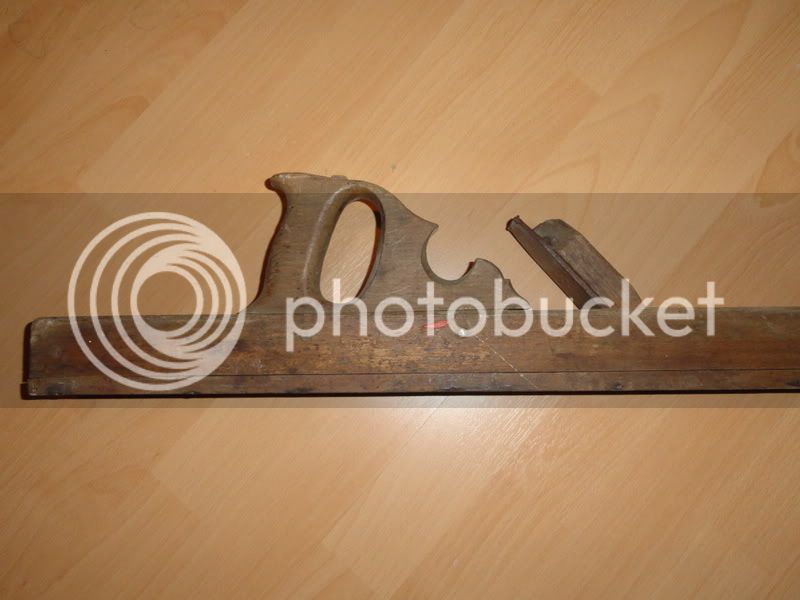Hello,
Craft, and the standard system of apprenticeship was not especially flexible. In many of hand crafts "handedness" is not a real issue: in embroidery, shoemaking, fleece making, silversmithing etc. work could be done either way. Some works, like blacksmithing, joinery and cabinetmaking, tailoring and sewing are more sensitive, and lefthanders could run into difficulties, as the common tools and infrastructure are intended for majority righthanders: I have never seen lefthanded sewing machines, only occasionally a few lefthanded tailors' scissors, and at a price premium, and never seen a commercially made cabinetmaker's bench for lefthanders. In the time of widespread qualified handwork, the workforce changed frequently, journeymen travelled far and wide, and carried their own basic toolsets, but larger and more specialised tools and equipment was provided by the employer. One such piece of equipment was/is the workbench. On a righthanded workbench a lefhander should adopt, and use the standard equipment.
The side rebate planes, skewed rebate planes, and a few other tools (some moulding planes etc.) were/are offered in pairs to cope with accessibility problems and other similar issues.
The approach of tool manufacturers is the same even today: lefthanded circular handsaws and belt sanders are a rarity, handheld power tools with lefthanded or universal switch locking buttons too. Lefthanders are a minority, amounting for a few percent of the full population, serving their needs is not economically viable.
I am a lefthander, and not really happy about this situation: I do work on a standard righthanded wood lathe, but after a few years of practice I still feel myself quite uncomfortably.
And Th-th-th-that's all folks!
János




































